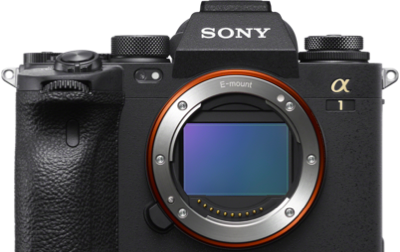Late summer is a perfect time to experiment with Milky Way photography. The bright galactic center is visible as soon as the sun goes down and if have the right camera—one that can produce a clean image file at high ISO like the α7S II and α7R II in particular—you can shoot for hours producing dozens of exposures as the sky changes its identity with the rotation of the Earth.
Over the next few weeks we’ll have a number of articles—still photography, time lapse and 4K video—about shooting the night sky in late summer.
We’re starting off with a roundup of suggested articles and videos that Ian Norman of LonelySpeck.com has produced.
Motion time lapse tutorial. In this tutorial, Norman goes through the steps of creating a time lapse of the Milky Way using a programmable slider and the Sony α7S. He breaks the tutorial down into 3 key steps:
1, Making a great exposure (including best practices for camera setup)
2, Setting up and programming the motion controller
3, Processing and compiling the images into the time lapse
In the “and now for something completely different” category, Norman took advantage of a long overnight flight to try photographing the Milky Way from an airplane. Who hasn’t thought about doing this on a long flight?
After creating a series of exposures out of the plane’s window, he walks through the process of combining the images in Lightroom and After Effects step by step.
In late July, during a workshop in the high desert, by chance Norman caught sight of a rare fireball in the night sky. Using his a7S, he was able to get some dramatic footage of what turned out to be a piece of falling space debris (a rocket booster from a Chinese launch). This one isn’t a tutorial, but we included it in this post because it’s just incredible to see the fireball streaking across the sky in the unplanned video.
In this review of the Sony α7S, Norman does a lot more than just talking about the camera from a desk. Taking the camera to Trona Pinnacles in California. It’s one of Norman’s favorite locations for astrophotography and he shoots some stunning imagery as he describes his testing process and how he sets up his exposures and even a hyperlapse.
Lastly, check out Ian Norman’s review of the Sony 55mm f/1.8 lens. That lens is universally popular with the Sony Artisan of Imagery and many other pros and serious enthusiasts. In Norman’s review, he explains why it is also an excellent choice for those who want to take the camera out at night and look up.

